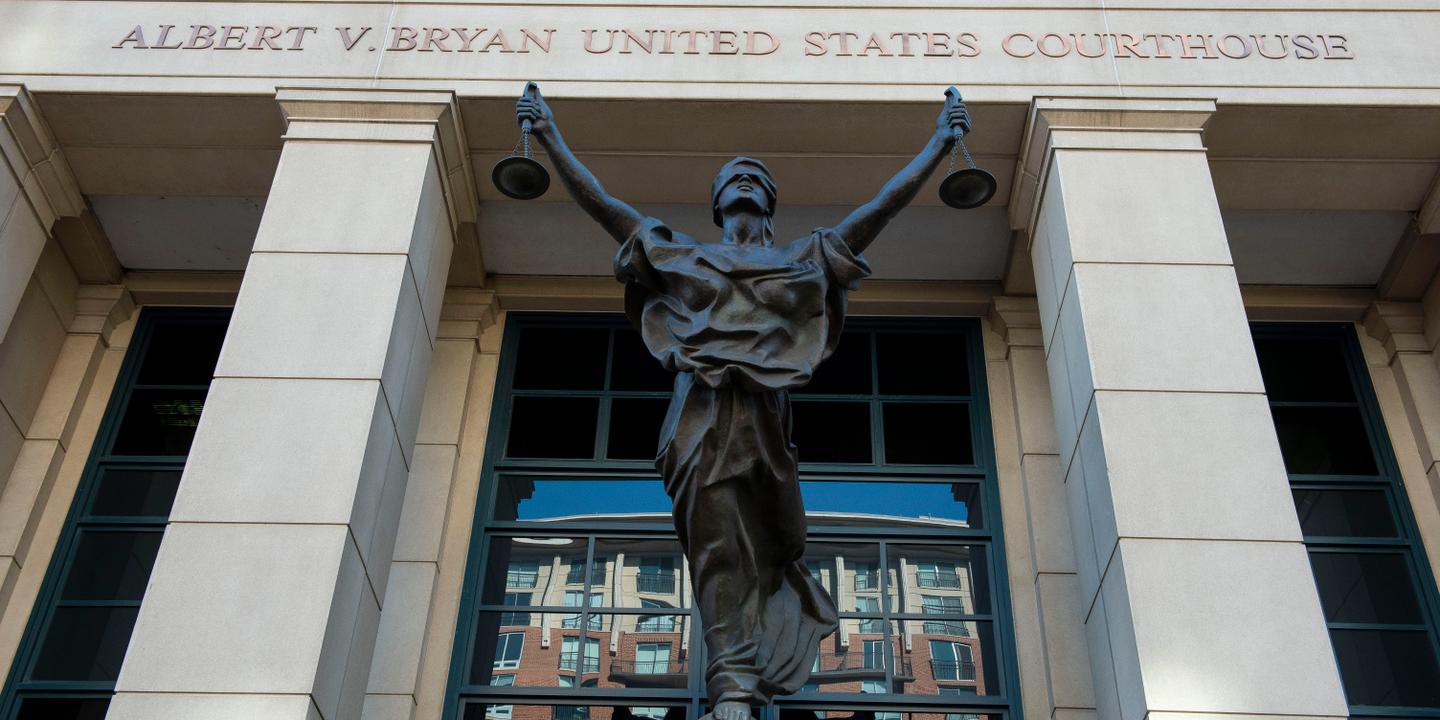The Parisian suburbs department is opening the doors this weekend to several emblematic sites of its economic and social history. Guided tour in preview.
In Seine-Saint-Denis, during the 38th edition of heritage days, on Saturday 18 and Sunday 19 September, several places are made accessible to the public, some for the first time. They are strong markers of the industrial past of the department from the middle of the 19th century.
Saint-Denis Goldsmith’s
With its picturesque alleys, its carmine facades eaten with Virginia creeper and its former factory workshops now occupied by artists, bronzers or film set manufacturers, the former goldsmith’s shop in Saint-Denis is one of these must-see sites. Designed as a “Small town within the city”, the layout of the silversmith’s buildings offers a route that retraces all the stages of the production chain.
A curious Parisian, Estelle Le Goasduff took the opportunity of a rare guided tour to discover this complex commissioned in 1877 by the goldsmith’s house Christofle, which abandoned it fifteen years ago. Today it has become a residence for artists and artisans. “The history of the Paris basin, it’s not just Versailles and large buildings with gilding. It is also all the life that there was, most people lived and worked in these (industrial) buildings, you have to have both inclinations ”, estimates this thirty-something, administrator in the world of the spectacle.
Read alsoHeritage Days 2021: 10 little-known places to rediscover Paris
For the first and last time at Heritage Days, in La Courneuve, the KDI factory will open its immense halls-cathedrals. Disused for three years, the five-hectare metallurgical site will soon be demolished to make way for a new town center. Inside, the keys are inserted into control panels, ready to be relighted instantly.
Provide access to this factory both known and unknown to the inhabitants of the department, who have always seen it only from the outside, “This is an opportunity to make people aware of what the reconversion of an industrial site is”, says Mikaël Petitjean, in charge of heritage at the municipality. Here, “We have a strong emotional charge, we have the impression of feeling the work of the workers, the smell of metal, of feeling the site vibrate”, adds Vincent Chartier, communications manager for Seine-Saint-Denis Tourisme.
The Mozinor industrial zone in Montreuil
Further south, the town of Montreuil allows the discovery of Mozinor, its “Vertical industrial zone” where businesses, horticultural greenhouses, social housing, suburban housing and fishing walls come together. Its double helical ramp which allows trucks to go up and down without crossing each other, sort of“Chambord staircase” brutalist version. Inaugurated in 1975, its area is 42,000 m2. It has 74 lots and 52 companies. “We have requests for filming, and even for wedding parties!”, relates Gaylord Le Checker, first deputy mayor, as he walks through the improbable roof garden planted with trees and chimneys in this building from the 1970s.
With urban renewal and the rise of the tertiary sector, “However, industrial infrastructures are gradually receding from the landscape of Seine-Saint-Denis”, notes Antoine Furio, specialist in the subject at the departmental council. Hence a reflection on the historical value and the preservation policy of this heritage. Corn “The idea is not to keep everything, you have to sort it out”.
With the 1998 Football World Cup and the construction of the Stade de France in Seine-Saint-Denis, the department began to develop a tourism promotion policy. But this underprivileged territory had to find a place in the shadow of the City of Light.
However, if the major historic buildings are not legion there, the “93” is on the other hand the legatee of a long working tradition. A specificity that he therefore decided to highlight. “Industrial history is the one which conditioned the movements of populations, the arrival of migratory waves, therefore a cosmopolitan identity which makes the wealth of Seine-Saint-Denis”, concludes Olivier Meïer, director of Seine-Saint-Denis Tourisme.
– .


